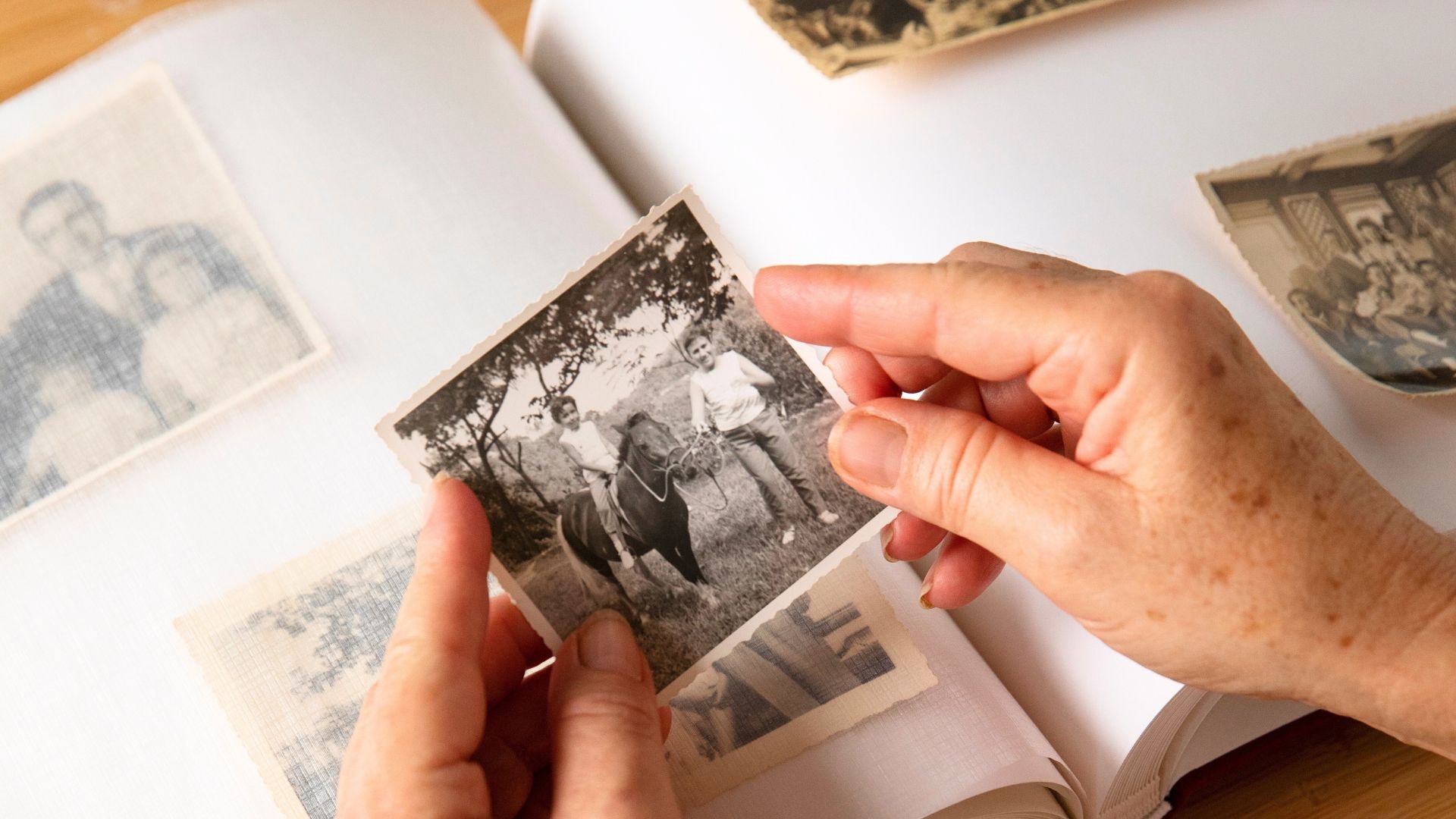What to write in a condolence book
When a person dies, you may be asked to sign a condolence book. If you're not sure what to write, our guide can help.
A condolence book is a book that mourners can write in. You're most likely to see one at a funeral, although people sometimes pass them round at a workplace, retirement home, hospice or even family home.
The purpose of a condolence book is to record memories and tributes to the person who has died. This is then kept as a keepsake by the family. It's something they can return to for comfort and as a reminder of how loved the person was.
Like many aspects of grief and funerals, people are sometimes unsure about what to write. You might worry about writing too much or too little. You may worry that you're writing in clichés. Or you may worry that you've got the tone wrong.
Don't worry – this is completely normal. That's why we've put together this guide to condolence books and what to write in them. We hope it helps.
What are condolences?
The word "condolence" comes from the Latin con, meaning "with", and dolore, meaning "sorrow". In other words, a condolence is an expression of sympathy with someone who is suffering.
Condolences can be expressed in different ways. You could send a sympathy card, an old-fashioned letter or even a text message. A condolence book is a way of sharing sympathies provided by the family of the person who has died.
There are no hard and fast rules about what to write in a condolence book. But in our view, it's usually best to keep it simple.
Keeping it simple
When expressing sympathy, a few words go a long way.
That's partly because the tried-and-tested phrases are tried-and-tested for a reason. "My deepest condolences" or "Thinking of you" may seem impersonal. However, they express a simple feeling in a simple and powerful way.
But there's another reason to keep things simple. If the person who died knew many people, there are likely to be lots of messages in the condolence book. You don't want to take up too much space. After all, the condolence book is for the family – not for you.
We're not saying there's a right number of words to use. In fact, the length of your entry in the condolence book may depend on your relationship with the person who died.

What is your relation to the person who died?
If you were very close to the person who died, it may be appropriate to share a personal memory, a quote or a short poem.
If, on the other hand, you didn't know the person who died especially well, you may want to keep your message brief.
It can be helpful to look at other people's messages. What kinds of entries have close family members and friends written? You may want to use these examples to help decide what to write for your own message.
What to write in a condolence book: general tips
The main thing to remember when writing in a condolence book is what the condolence book is for.
First, it's a place for people to remember the person who died. But secondly – and perhaps most importantly – it's for the family.
Once the funeral is over, the condolence book will go home with the family. That means you want your message to be something that the family would want to read.
At the very least, you should include an expression of sympathy. This can be extremely simple or could be personalised.
One risk when expressing condolences is to make it about you, not them. You can avoid this by focusing on references to the family and the person who died. How many times have you written "I" compared to "you", "they", "he" and "she"?
If you feel it would be appropriate, you could include a comforting quote or part of a poem. This can show thoughtfulness. But you should be mindful not to take up too much space with someone else's words. Most of the time, it's best to keep it short and personal.
If you're worried that your message is too impersonal, it can be a good idea to refer to the person who died by name. This is a simple but effective way of creating a personalised tone.
At the end of the day, a short and personalised message is hard to get wrong. If in doubt, keep it short and respectful.
Frequently asked questions
What is a condolence book?
A condolence book is a book that people write in after a person has died. They can be passed around or left out at a funeral. You might also see them in a workplace or at a hospice, funeral home, care home or domestic home.
Can you send condolences by text?
These days, many people choose to send condolences by text. Whether that's appropriate will depend on the message, the beliefs of the person you're texting and your relationship to the person who has died.
Are condolences and sympathy the same thing?
Sympathy is a feeling that can be expressed in condolences. Sending sympathy is the same as sending condolences, but feeling sympathy for somebody isn't the same as sending condolences.
What are condolence flowers?
Condolence flowers are special floral arrangements designed to express sympathy. They often contain traditional flowers like roses, carnations and lilies. They might also come with a small card where you can write a short condolence message.
Whether or not condolence flowers are appropriate depends on the family's culture and beliefs. Condolence flowers are a very common sight at traditional UK funerals, for instance. However, they're not usually considered appropriate at Islamic or Jewish funerals.
AFD is a team of independent Harrow funeral directors. For more than 15 years, our experienced and compassionate team has helped families in London arrange the funerals they want. If you need our support, please don't hesitate to call on 020 8355 7876. Our lines are always open.













